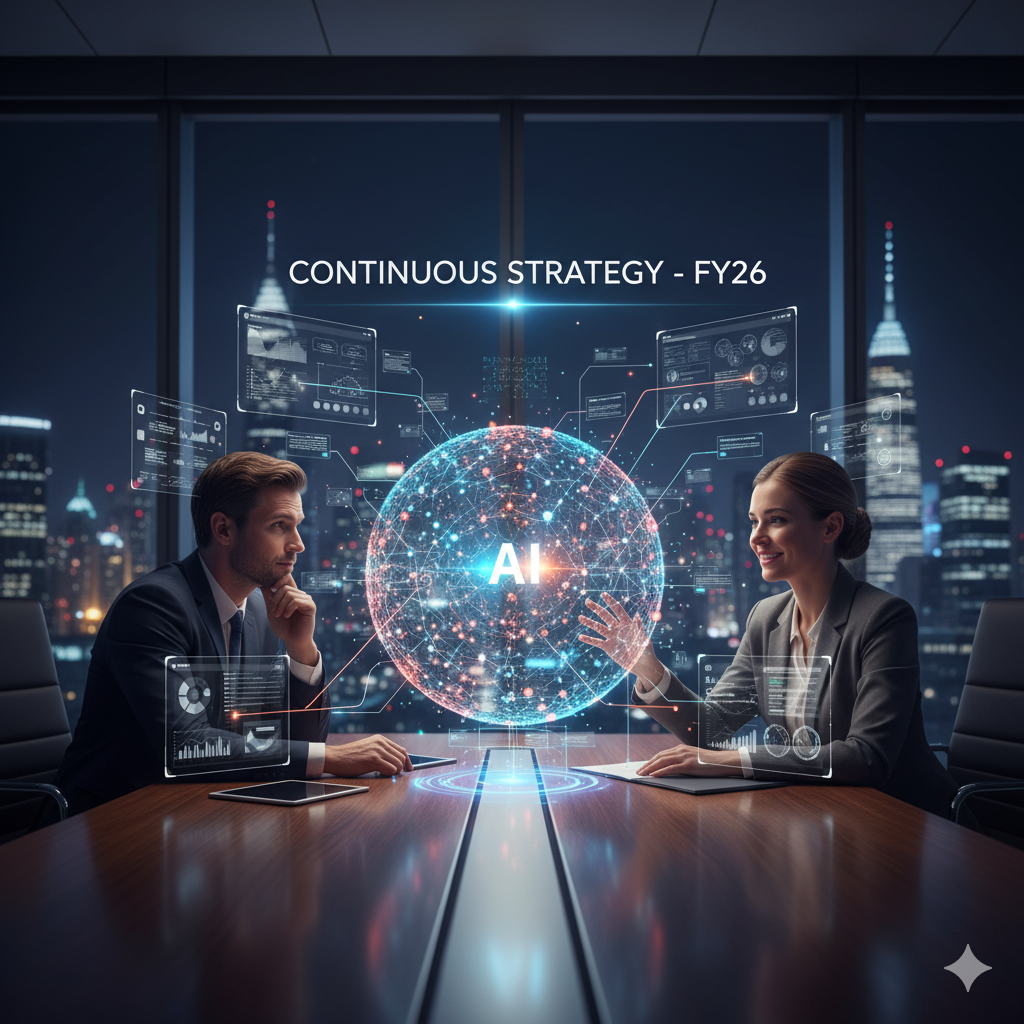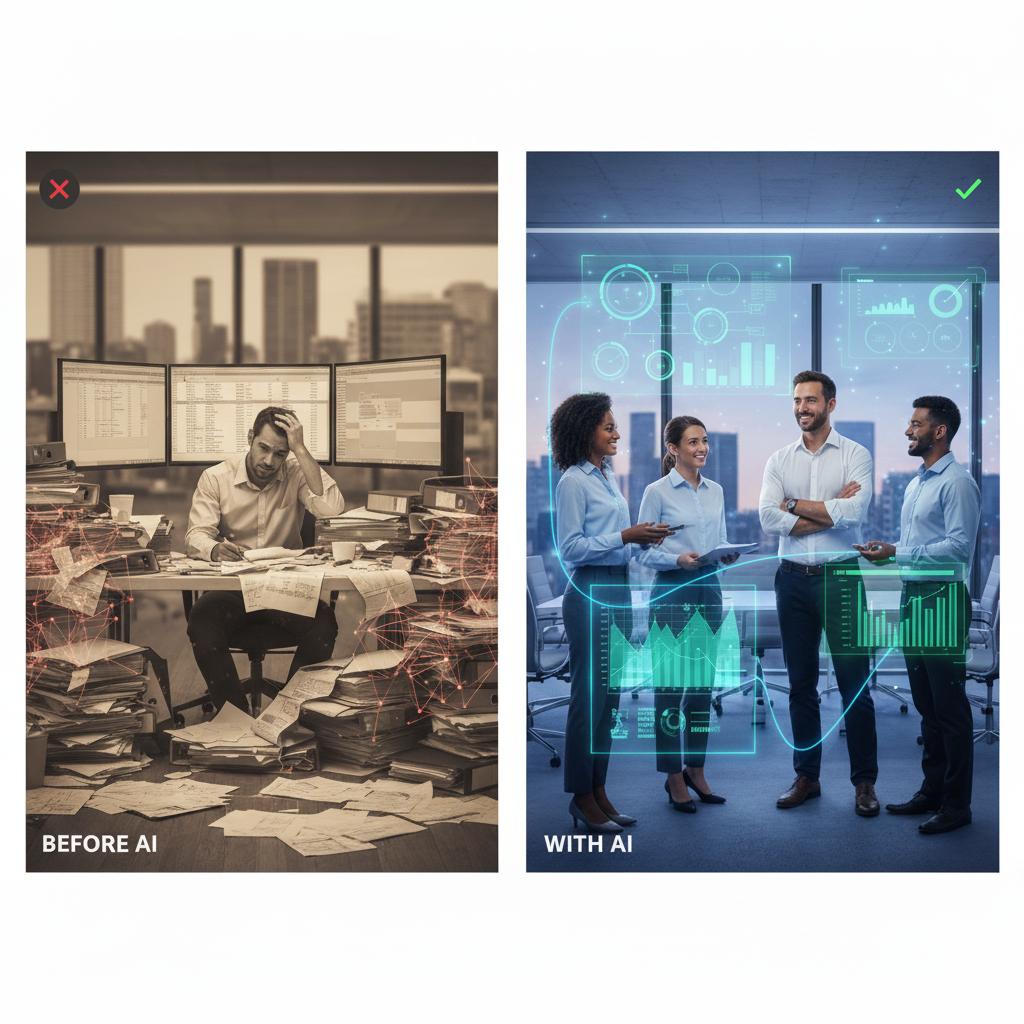Students Already Use AI. Now Make It Visible.
How transparency raises standards, reduces disputes, and prepares students for professional work.
2 min read
 Drew Fearson
:
Sep 5, 2025 11:14:22 AM
Drew Fearson
:
Sep 5, 2025 11:14:22 AM

This is Part 1 of a 2-part series on AI talent strategy. In Part 2, we’ll explore proven solutions for getting the right people in the right seats.
McKinsey reported in late 2024 that 46 percent of executives see talent skill gaps as the biggest barrier to AI adoption, ahead of budget and technical hurdles. That gap costs companies an average of $2.8 million each year in delayed AI initiatives.
This is not a simple staffing issue. It is a strategic crisis. Every AI hiring misstep can stall projects and weaken competitive positioning for years.
Direct costs. The U.S. Department of Labor estimates a bad hire costs up to 30 percent of first-year wages. For a $200,000 AI role, that is $60,000 lost before broader impacts are considered.
Ripple effects. CareerBuilder found that 36 percent of employers see productivity fall and 39 percent see morale decline after a bad hire. In AI, where roles take an average of 142 days to fill, nearly triple the time for general software roles, the delays slow entire programs.
Culture impact. Nearly nine in ten workers say culture influences where they choose to work (UJJI, 2025). One poor hiring choice can frustrate high performers and drive them out. Gallup estimates disengaged employees already drain $8.8 trillion globally in lost productivity.
Scarcity. Demand for AI talent is rising fast. Ninety-two percent of companies plan to increase investment in the next three years, yet a shortfall of 700,000 AI roles is projected by 2027 (Randstad, 2024). Only 35 percent of workers received AI training last year (IBM, 2024).
Costs rising. Salaries reflect the squeeze. AI engineers average $204,000, more than double general engineers. At the top end, OpenAI lists staff roles at $650,000. Even with premium pay, 44 percent of executives still cite lack of in-house expertise as a barrier (Information Week, 2025).
The evidence is clear. Leaders face three realities:
This is not about posting jobs faster. It requires new frameworks for evaluating technical skill, cultural fit, and strategic alignment.
At RightSeat, we see the AI hiring crisis as a leadership challenge, not a technical one. Technology cannot deliver impact without the right people in the right roles. Filling those seats well is the difference between stalled pilots and transformation that lasts.
Coming up in Part 2: How leading organizations are closing the AI talent gap with practical frameworks that reduce time to hire and improve accuracy.
Ready to transform your AI hiring? Contact RightSeat AI. We help you land the right people in the right seats and keep them there.
Add your email below and we'll send you newsletters and blog updates from the RightSeat AI TrustLab

How transparency raises standards, reduces disputes, and prepares students for professional work.

Part 2: AI for Strategic Planning

AI for Strategic Planning, Part 1